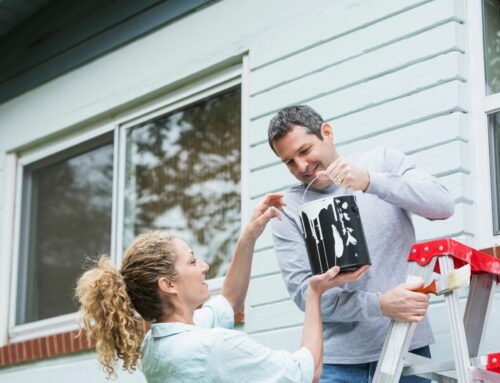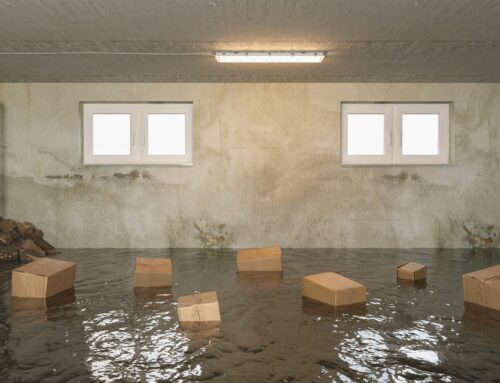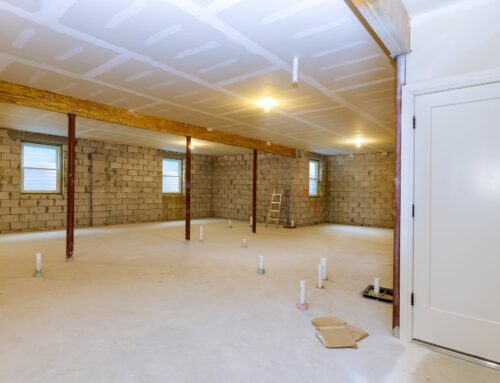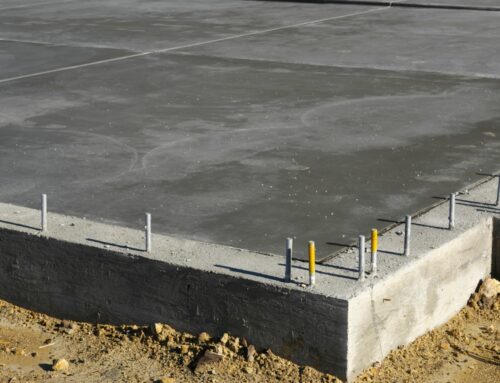At one point or another, the idea of improving your home and giving it some much-needed TLC will become irresistible.
Whether it’s because of the faded paint of your home’s exterior that needs a touch-up or your lighting fixtures that have to be replaced, the items on your must-fix lists are bound to keep on growing. As you continue to think about improving your home, the idea of getting dry-lining is bound to stand out!
However, the problem with dry lining is that you probably don’t know enough about it to make a proper decision or see the value in getting it.
What is dry-lining?
Choosing to plaster your walls is a task that will always lead to deliberating over whether or not dry-lining is best suited for your needs, especially when you consider just how popular it is!
Dry-lining is a type of plastering technique that involves attaching sheets of dry plasterboard to a wall to reset its surface and cover up past damage or blemishes. Compared to the traditional skimming method that seeks to restore a surface’s condition by skimming it with wet plaster, this approach relies on a more controlled attachment by using adhesive, nails, or screws.
Once the sheets of dry plasterboard are attached to a wall, all you will need to do is skim a layer of wet plaster over the top and fill the joints and nail holes. After the remaining blemishes and spots are well taken care of, you’ll end up with a wall that’s ready to decorate and easy to work with!
What makes it the right choice for your home?
Over the years, dry-lining has become a much more popular method used in American homes because of the wide range of advantages that it bears when executed correctly. Through the help of a skilled service provider like One Stop Plastering, you’ll be able to enjoy a renewed finish for your home’s walls unlike ever before!
To best understand why you should consider a dry-lining approach for your long-term home improvement project, here are two key advantages that will shed light on its value:
1. A lower likelihood of back jobs and developed cracks
One of the most prevalent reasons most homeowners have been switching over to dry-lining for their home improvement needs is that doing so presents a lower risk of back jobs and cracks.
Contrary to the standard skimming method, dry-lining provides a more seamless experience because a more controlled dry-to-wet approach helps ensure that everything settles correctly. Once this method is used correctly or applied professionally, you’ll end up having a surface that’s much less likely to develop cracks as opposed to wet plaster. This means that you won’t have to worry about getting some work redone!
2. Faster completion time
When you get to rework your walls, you end up spending quite a bit of time in discomfort as dust and noise pollute your home until the project is done. But you won’t have to worry about the same experience with dry-lining.
If you’re afraid of getting some long-overdue restoration work done because of how inconvenient the lengthy working time can be, the method in question provides the exact opposite. Given that dry-lining itself avoids the time-consuming process of letting wet plaster dry and settle in (which can take up to a whole month during winter), you’re bound to see progress much faster!
Conclusion
While there are many different projects that you can undertake as you seek to improve your home and keep it in shape, dry-lining is the one job that you’d want to prioritize. Through this method’s help, you can swiftly and effortlessly restore your walls and surfaces so that they’re as good as new until you get a top-quality finish that’s too good to ignore!
At One Stop Plastering, we offer professional dry-lining and other interior plaster and stucco services for homes and commercial properties in San Francisco, CA. Get in touch with us today to schedule an appointment at your earliest convenience!






